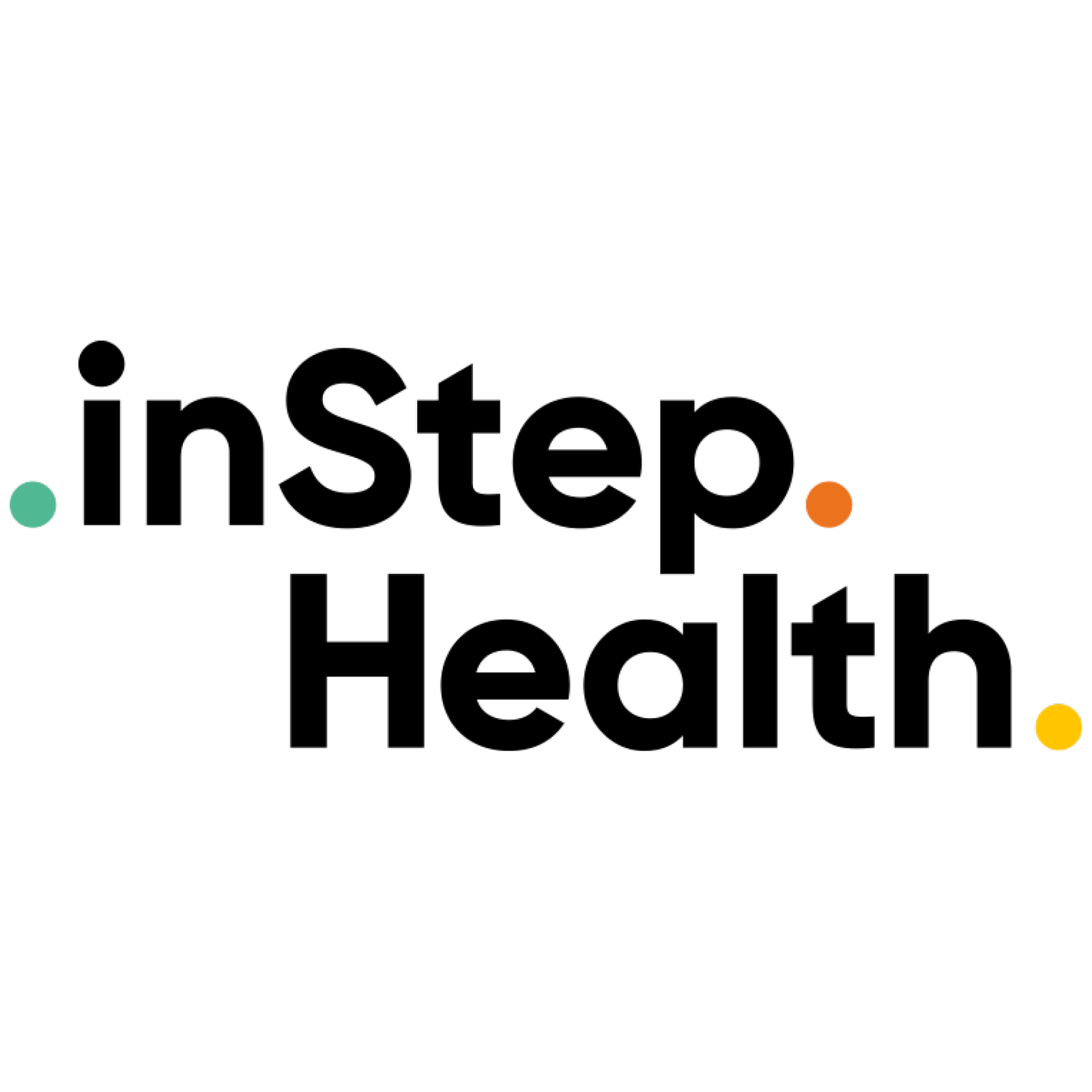Better, Bolder B2B Branding: Key Insights from LinkedIn’s B2B Institute
Highlights from LinkedIn’s B2B Institute Research on Unlocking the Potential of B2B Branding

In the competitive landscape of pharma media, branding is becoming increasingly crucial as a tool to drive long-term business growth. The 2024 whitepaper from LinkedIn’s B2B Institute, in collaboration with MediaScience, titled ‘Better, Bolder B2B Branding’ delves into how B2B companies – especially those in highly regulated industries like pharma – can enhance their branding strategies to unlock greater returns on investment (ROI). The whitepaper uncovers significant gaps in how B2B companies, including pharma brands, approach branding and offers data-driven insights and practical recommendations to bridge those gaps.
Why B2B Branding Matters: Key Research Findings
B2B companies, including those in pharma, have historically undervalued branding, focusing more on short-term goals like lead generation or direct conversions. However, the whitepaper shows that strong branding is vital for sustainable, long-term growth.
For those working in pharma media, the data is particularly illuminating. Creative quality significantly impacts the effectiveness of advertising, with 47% of an ad’s performance attributed to its creativity – a lesson well-known in B2C but underutilized in B2B, including pharma. As healthcare professionals (HCPs) and decision-makers are bombarded with messaging, creative branding will play an increasingly central role in capturing attention.
Key Findings on Ad Performance in B2B Pharma
- 81% of B2B ads failed to capture enough attention or drive brand recall in a study using advanced biometric tools.
- On average, only 19% of ads were correctly attributed to the brand—a startling statistic given the large budgets pharma companies often allocate to media campaigns.
- Ads that included multiple mentions of the brand fared significantly better, with a 48% correct brand attribution rate.
For pharma media, these findings highlight the importance of repetition and brand visibility in campaigns. While pharma traditionally relies on regulatory-driven messaging, building stronger, clearer brand cues can enhance both recall and effectiveness in a crowded market.
The Importance of Emotional and Instinctive Decision-Making
In B2B, decisions are often driven by emotions, not just logic—95% of decisions are instinctive, according to the report. For those in pharma media, this means creating campaigns that are not just informative but also emotionally resonant. Brands that feel trustworthy, familiar, and emotionally engaging are more likely to capture the attention of HCPs and decision-makers.
This emotional angle can be a game-changer for pharma brands aiming to differentiate themselves in a heavily regulated space. By striking the right balance between clinical accuracy and human connection, pharma companies can build long-lasting relationships with their target audiences.
Building Distinctive Brand Assets (DBAs)
One of the report’s core recommendations is for B2B companies, including pharma, to invest in distinctive brand assets (DBAs)—logos, taglines, colors—that enhance brand recognition. The research found that logos were only correctly attributed to the brand 67% of the time, signaling a clear opportunity for improvement in branding within pharma media.
For pharma brands, DBAs are not just about logos but about creating a visual and emotional identity that resonates with both HCPs and patients. The takeaway is clear: pharma companies that invest in building and reinforcing these assets will stand out in a highly competitive market.
Shorter Ads, Stronger Impact
Attention spans are limited, and shorter ads often outperform longer ones, according to the report. Ads under 10 seconds had 68% ad recognition, compared to 59% for ads longer than 18 seconds. For pharma media teams, this insight suggests that simplifying messaging and delivering concise, brand-focused ads can yield better results—without sacrificing the regulatory or educational content that is necessary in healthcare advertising.
The 95-5 Rule in B2B Branding
The whitepaper also introduces the 95-5 rule, which emphasizes that 95% of buyers are out-of-market at any given time. This has important implications for pharma, where buyers (such as HCPs or procurement teams) may not be ready to act immediately. Pharma media strategies must focus on long-term brand building to stay top-of-mind when these decision-makers eventually enter the market. Building mental availability—ensuring HCPs recall your brand when the time comes—will be crucial for future success.
sollis Final Thoughts
The findings from this whitepaper serve as a wake-up call for pharma media teams. As the landscape becomes increasingly competitive, traditional, regulation-driven approaches to advertising are no longer enough to stand out. Instead, pharma brands must build bold, distinctive identities that resonate with HCPs and decision-makers. Branding isn’t just about creative logos or compliance; it’s about creating trust, recognition, and emotional connections that will drive both short-term and long-term results.
For pharma media teams, the challenge is clear: How can branding be elevated to stand out in a sector defined by strict regulations? And, with the growing use of programmatic and AI-driven campaigns, how can pharma brands integrate creative, emotionally-driven brand strategies into their highly data-driven media buying?
The brands that invest now in creating stronger, more distinctive identities will be best positioned to thrive in tomorrow’s competitive pharma media landscape. As the report highlights, the future belongs to the companies that recognize the power of branding to create meaningful, lasting connections.
Read the full research here.

























